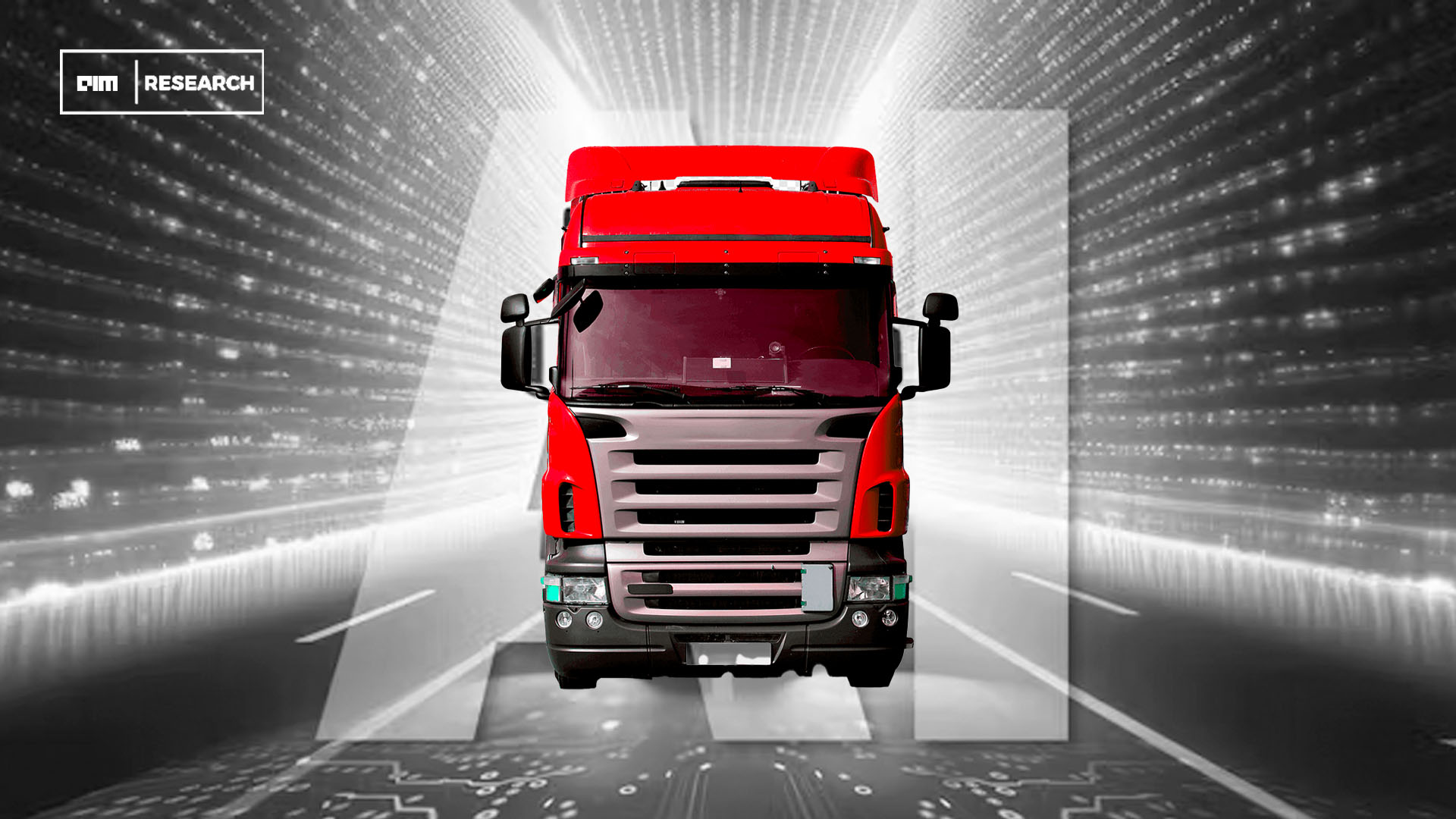A recent study by Flock Freight & Drive Research, titled “Wasted Space, Wasted Dollars: The Economic Impact of Inefficient Freight,” reveals the substantial financial losses caused by underutilized truckload space and the inefficiencies of less-than-truckload shipping. The research, which surveyed 1,000 U.S. transportation decision-makers across various industries, offers a comprehensive understanding of the challenges and strategies used to improve efficiency.
These inefficiencies are not just operational but they’re structural. A comprehensive study by Caltrans, California’s transportation agency, identified key infrastructure and planning shortcomings that exacerbate the problem. These include disconnects between designated and actual truck routes, lack of routing access to growing industrial zones, and poor last-mile delivery planning. Compounding these issues, many urban environments such as New York City suffer from severe congestion and inadequate freight infrastructure, creating daily routing headaches for truck drivers.
AI Takes The Wheel
But the American trucking industry is undergoing a technological alteration, and at the heart of this shift is AI. As supply chains grow more complex and customer expectations rise, trucking companies are turning to it to make their routes smarter, faster, and more efficient. From reducing fuel consumption to preventing breakdowns before they happen, AI is helping reshape how freight moves across the country. Whether it’s through real-time traffic rerouting, predictive maintenance, or fully autonomous driving, it is streamlining operations and unlocking new levels of productivity for one of the most critical pillars of the U.S. economy.
In response to inefficiencies in the trucking industry, some agencies and researchers are developing AI-powered routing tools and simulations to optimize routes and better inform truckers. Collaborative routing, where logistics providers pool resources to increase vehicle utilization and reduce emissions, has also been proposed. However, these models are still largely experimental and face challenges in coordination and data sharing.
Despite these challenges, companies like Uber Freight are pioneering the use of AI to address trucking inefficiencies. Their AI tools analyze real-time traffic patterns, shipping demand, and fleet availability to minimize empty miles and dynamically reroute trucks. The overarching goal is to transform one of the most inefficient sectors of the U.S. economy into one of its most intelligent.
With over $700 billion in annual freight moved by trucks, and a critical role in the national supply chain, the stakes are high. Addressing inefficiency through smart infrastructure, strategic planning, and AI innovation is not just a logistical upgrade, but an economic necessity.
Rerouting with AI
At the core of this transformation is AI-driven route optimization. Advanced algorithms process a multitude of factors such as traffic patterns, weather forecasts, road closures, and delivery schedules to determine the most efficient paths for drivers. Companies like Uber Freight and Convoy are leveraging machine learning to match shipments with ideal trucks and routes, slashing idle time and reducing emissions.
Beyond planning, AI also ensures adaptability on the road. Real-time rerouting capabilities are helping drivers navigate unexpected disruptions such as accidents or severe weather. Motive (formerly KeepTruckin) uses AI-based telematics to analyze live road conditions and vehicle performance, allowing for dynamic adjustments that keep delivery schedules on track.
Preventative maintenance is another area where AI is proving invaluable. Rather than waiting for trucks to break down, companies are turning to predictive maintenance solutions that analyze sensor data to detect mechanical issues early. Startups like Uptake and Preteckt are helping fleets avoid costly delays by flagging potential problems before they escalate.
Efficiency doesn’t stop with movement; it starts at loading. AI is also being used for load and capacity optimization, ensuring that trucks are packed smartly to minimize empty space and avoid unnecessary trips. Flock Freight is pioneering shared truckload solutions, combining freight from different shippers into a single route to reduce both costs and carbon emissions.
Meanwhile, self-driving technology is entering the freight space. Startups like Kodiak Robotics, Aurora, and Gatik are developing autonomous and semi-autonomous trucks that can handle long-haul routes with greater consistency and efficiency. These autonomous systems maintain optimal speeds, improve fuel economy, and reduce the risk of fatigue-related incidents.
AI’s role continues behind the scenes with smart dispatching and ETA prediction tools. Platforms such as Project44 and FourKites help dispatchers make more accurate scheduling decisions by analyzing real-time location data, driver availability, and customer priorities. This results in tighter coordination, fewer delays, and better transparency across the supply chain.
Freight Gets a Brain
Agentic AI in freight is still in its early stages but it has started to make waves in the trucking industry. While traditional AI systems are good at making predictions or optimizing one part of a process, agentic AI goes further: it can make decisions, adapt to changes in real time, and coordinate across multiple systems to fulfill complex logistics goals without constant human input. From scanning available loads, evaluating capacity to autonomously booking shipments based on cost, timing, and route efficiency. Companies like Loadsmart are experimenting with intelligent agents that reduce human back-and-forth by autonomously negotiating and securing the best deals.
For drivers and workers on the ground, AI has the potential to bring welcome improvements but efficiency should not come at the expense of human dignity. As AI reshapes the road ahead, industry leaders, policymakers, and technologists must ensure that innovation uplifts not replaces the people who power the freight economy.
























